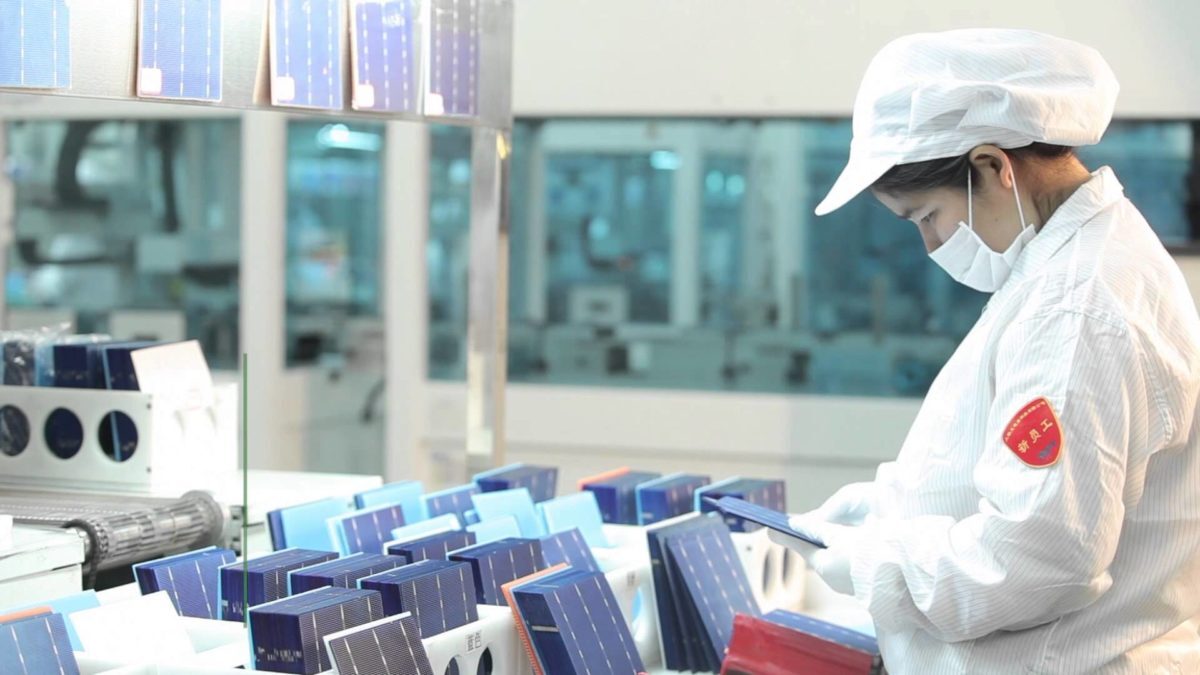China Huadian has kicked off a procurement tender for string inverters of 300 kW and above, with an estimated procurement scale of approximately 18 GW. The tender calls for three-phase, three-wire system inverters with a DC input voltage of 1,500 V and a 10% overload capacity. The bidding process will begin on Feb. 6, 2025.
China’s National Development and Reform Commission (NDRC) and National Energy Administration (NEA) have released a plan to enhance power grid flexibility for renewable energy. The “Implementation Plan for Optimizing Power System Adjustment Capabilities (2025–27)” targets adding over 200 GW of renewable capacity annually through 2027, with a national utilization goal exceeding 90%. The NEA will monitor regions with declining renewable utilization, grid flexibility issues, or adjustment delays, requiring corrective actions where needed.
Huasun said its heterojunction (HJT) solar module shipments have surpassed 10 GW, with December 2024 marking a record 1 GW shipped in a single month and more than 6 GW for the year. The company has filed more than 300 HJT-related patents and developed innovations like microcrystalline and HJT-perovskite tandem cells, achieving an average solar cell conversion efficiency above 26%.
Longi Hydrogen has agreed to invest NOK 140 million ($12.4 million) in HydrogenPro ASA, joining existing investors ANDRITZ Group and Mitsubishi Heavy Industries. The deal includes a strategic partnership to expand electrolyzer manufacturing, engineering design, and after-sales services in Europe’s green hydrogen market, strengthening Longi’s position in the sector.
This content is protected by copyright and may not be reused. If you want to cooperate with us and would like to reuse some of our content, please contact: editors@pv-magazine.com.



By submitting this form you agree to pv magazine using your data for the purposes of publishing your comment.
Your personal data will only be disclosed or otherwise transmitted to third parties for the purposes of spam filtering or if this is necessary for technical maintenance of the website. Any other transfer to third parties will not take place unless this is justified on the basis of applicable data protection regulations or if pv magazine is legally obliged to do so.
You may revoke this consent at any time with effect for the future, in which case your personal data will be deleted immediately. Otherwise, your data will be deleted if pv magazine has processed your request or the purpose of data storage is fulfilled.
Further information on data privacy can be found in our Data Protection Policy.